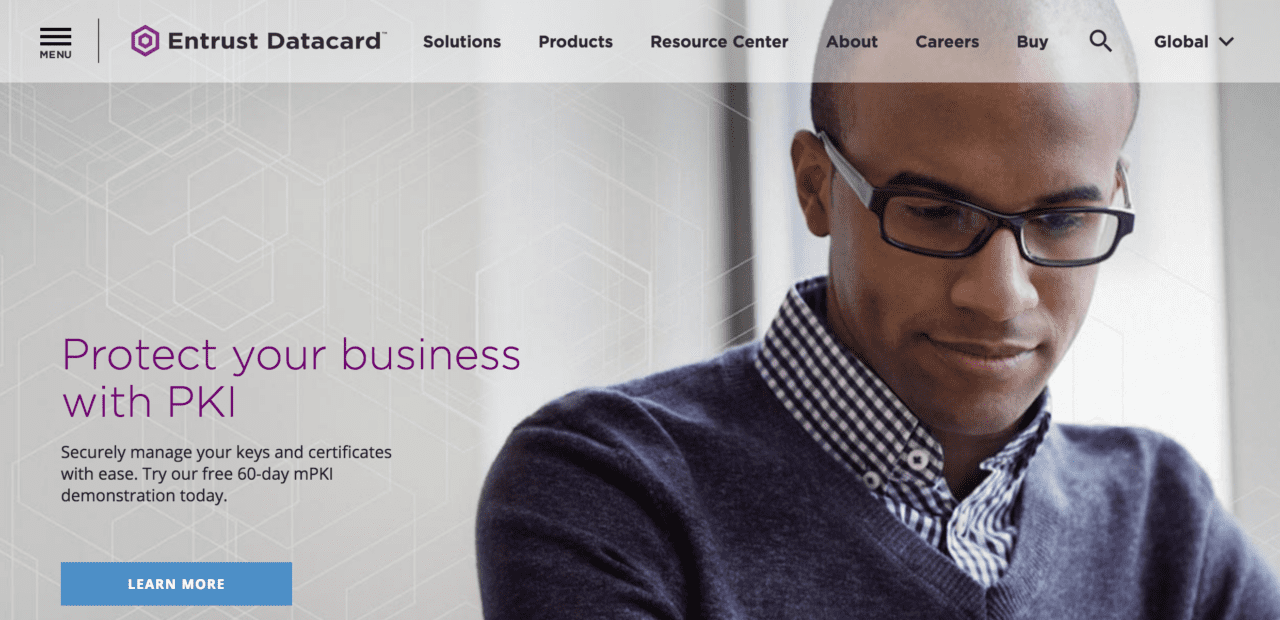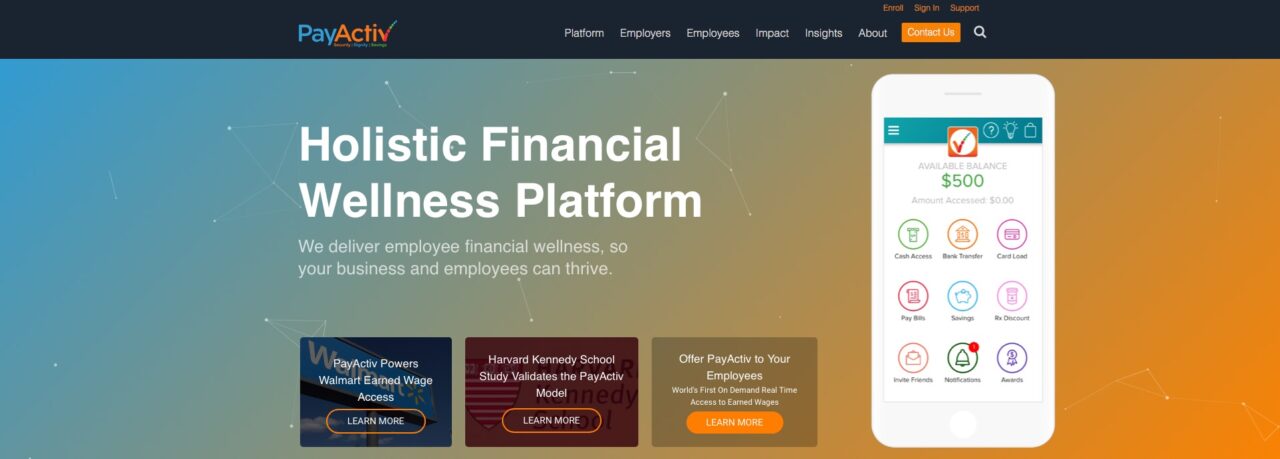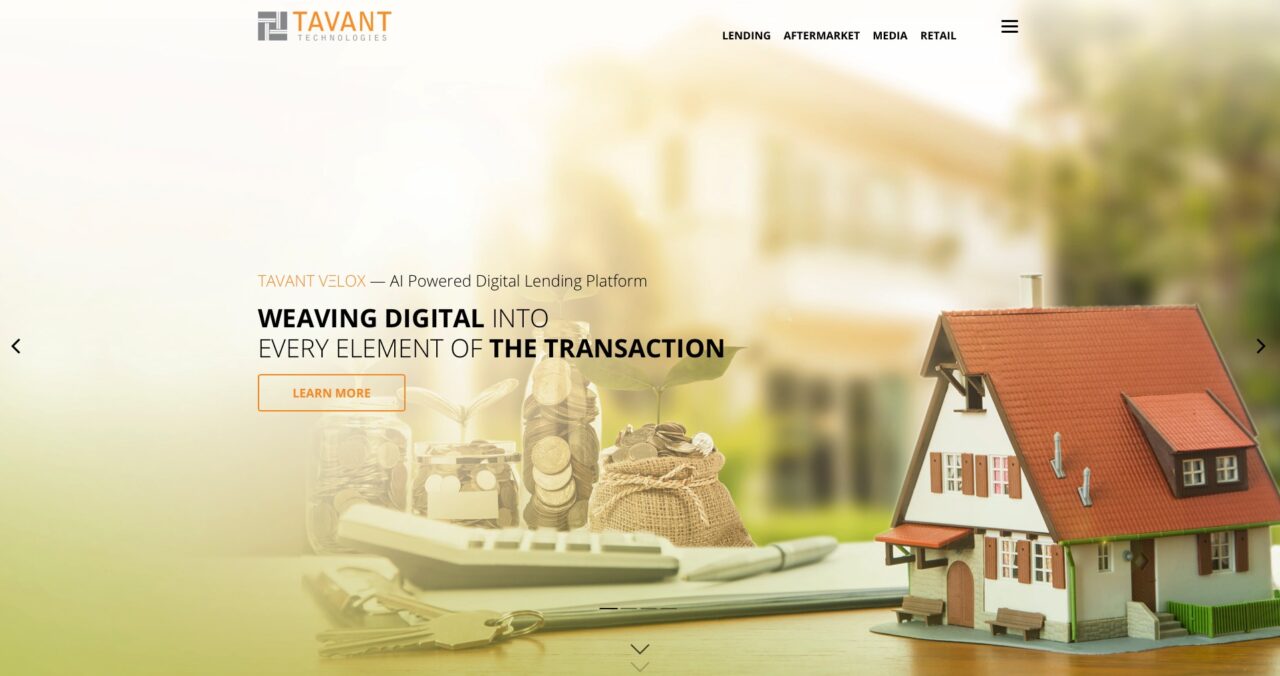
Identity authentication and secure card issuance company Entrust Datacard announced it purchased SMS Passcode from CensorNet, a cloud security company. Additionally, Entrust Datacard made a strategic investment of an undisclosed amount in CensorNet. Terms of both the investment and the acquisition remain undisclosed.
With the acquisition of Copenhagen-based SMS Passcode, an adaptive multi-factor authentication technology solution, Entrust Datacard hopes to further establish itself in the authentication space while expanding its global footprint throughout DACH/Benelux and The Nordics. The company will integrate the new technology with its IntelliTrust SaaS authentication tool, a solution launched last year that removes friction for users and provides strong protection for data, apps, and networks.
Regarding the purchase, Ed Macnair, CensorNet CEO said, “The acquisition of SMS Passcode will benefit the broader IAM market as well as SMS Passcode customers, and this new relationship will continue serving customers as Entrust Datacard builds upon existing partnerships and enhances our USS offering.”
Collaborating with CensorNet on its USS platform, which offers a cloud access security broker, multi-factor authentication, and web and email security, will help Entrust Datacard bolster new offerings across authentication, PKI and SSL. Specifically, Entrust Datacard will leverage the strategic partnership to enhance its Authentication Insight Engine by providing faster authentication decisioning.
“Identity-centric data analysis is in CensorNet’s DNA, and identity assurance capabilities in ours,” said Todd Wilkinson, president and CEO for Entrust Datacard. “This new relationship and investment in CensorNet presents opportunities for collaboration to enhance both companies’ offerings and re-shape the market together.”
Entrust Datacard was founded in 1969 and presented at FinDEVr Silicon Valley 2016. Jason Soroko, Security Technologies Manager, and Matt Rose, Technical Sales Consultant, spoke to the audience of developers on Safeguarding Your Banking Applications. Earlier this week, Entrust Datacard unveiled TruCredential 7.5, software that enables tablet and mobile-based capture and issuance of ID cards.
With 2,200 employees in 34 locations across the globe, Entrust Datacard is a privately held company headquartered in Shakopee, Minnesota. The company issues 10 million+ identity and payment credentials daily and manages billions of transactions on an annual basis.








